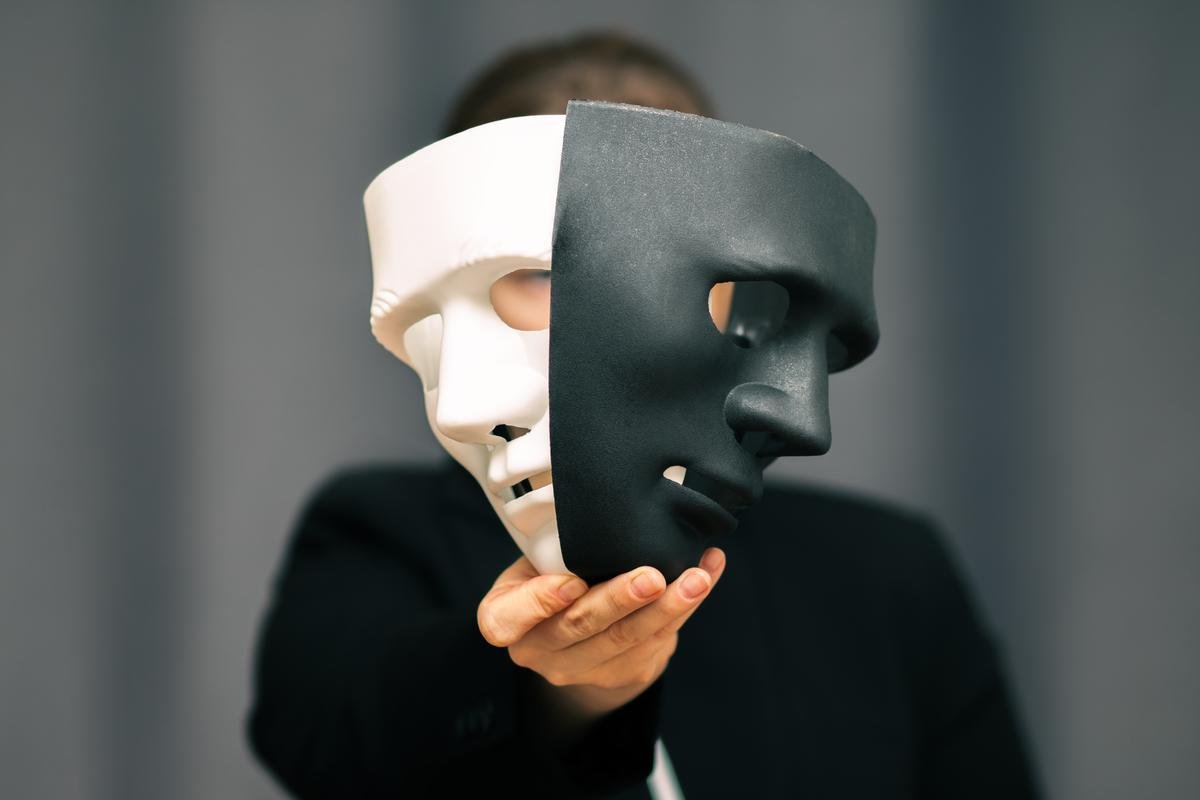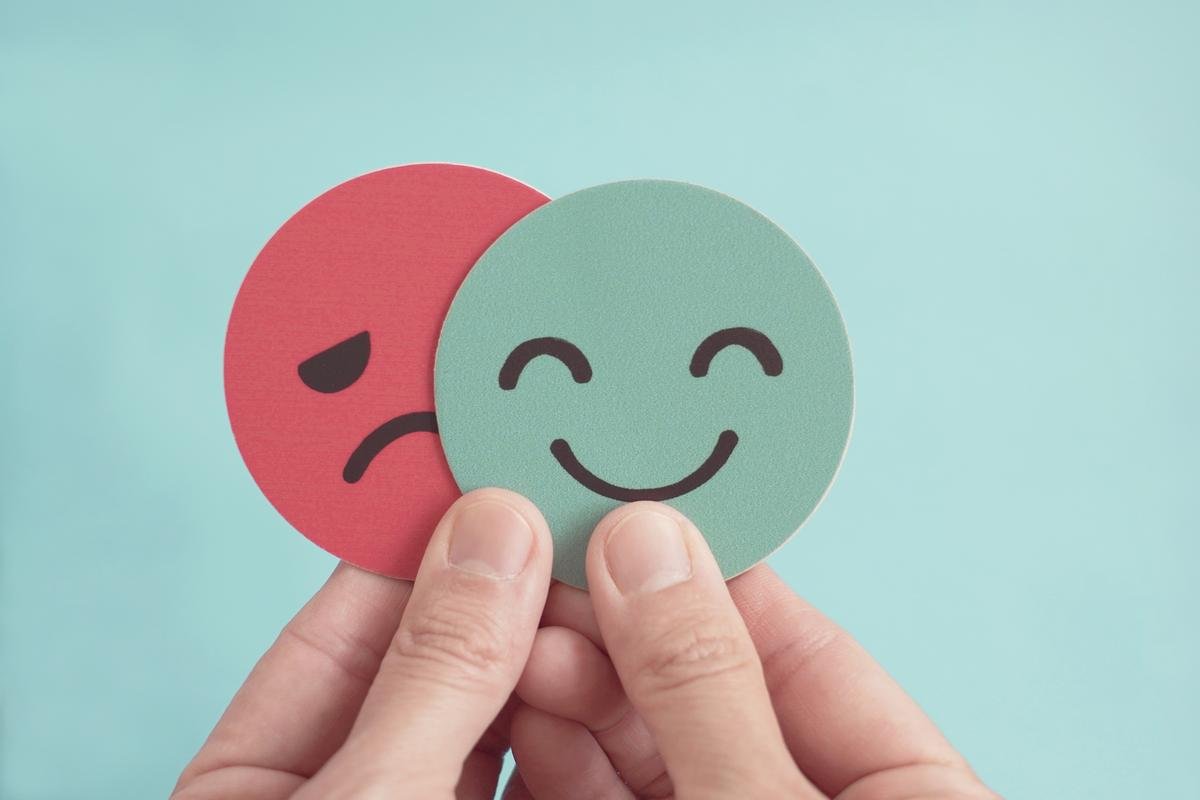In Disorder, there are two poles. One pole is manic, and the other one is a depressive episode. In this Disorder, a person shifts between these two poles. These manic and depressive episodes may appear many times in a year or rarely in a year. As all psychiatric disorders are not curable but manageable because these psychiatric disorders are chronic disorders, and chronic conditions need management. A person having bipolar Disorder can manage this problem by following treatment. I see Willing Ways Pakistan as the best addiction rehabilitation center for mental disorders. Their professionals are competent in treating people who are suffering from bipolar Disorder in a professional way.
Symptoms:
In a manic episode, a person will feel very high, experiencing elevated mood, inflated self-esteem, and a surge of energy that may negate the need for sleep. They may also exhibit a flight of ideas, talking excessively and sometimes engaging in unusual or risky behaviors. While managing manic episodes is crucial in the treatment of bipolar Disorder, it is equally important to address the growing concern of smartphone addiction. Overcoming smartphone addiction is a contemporary challenge that necessitates attention and effective strategies for intervention. Coming to the topic In depressive episodes, low mood, feelings of emptiness and hopelessness, and teary eyes, and in children, irritability is standard, as not being able to take an interest in activities that seemed interesting before, weight loss or gain without diet or change in appetite, unable to sleep or oversleep which is formerly called insomnia or hypersomnia. As in manic episodes, people feel very high, so in depressive episodes, it is the opposite.
Causes of Bipolar Disorder:
The exact cause of bipolar Disorder is still unknown, but there are many factors that contribute. These factors involve biological and genetic factors, as well as environmental influences, including traumatic experiences. It is essential to understand the risks of bipolar Disorder and seek effective treatment options, and raising awareness about drug addiction is critical. Sadaqat Clinic provides valuable insights with “19 Facts About Drugs and Addiction,” which explains this critical issue and its impact on a person and life, and society. Bipolar Addiction, interpersonal conflict, relational problems, and suicidal ideation are all possible outcomes of this illness. Drug misuse is a common temptation for those who have bipolar Disorder to ease their symptoms.
Risk factors of bipolar Disorder:
The risk factors of bipolar Disorder are:
- Having a relative, especially a first-degree close Traumatic event
- Death of a loved one
- Chronic stress
Types of Bipolar Disorder:
There are several types of bipolar Disorder:
- Bipolar I disorder
- Bipolar II Disorder
- Cyclothymic Disorder
The diagnosis of bipolar requires at least one hypomanic episode and one depressive episode but never a manic episode. In cyclothymic Disorder, the symptoms are the same as in bipolar Disorder, but the duration differs. Understanding the risks of these disorders and exploring the effective treatment option is crucial. One approach is the neuroscience therapy for Addiction, and it works to transform the lives of persons with substance addiction. In cyclothymic Disorder, the duration of episodes is two years. In these two years, many hypomanic and depressive episodes should occur.
Complications or life damages:
If left this Disorder
untreated, problems can occur, including usage of drugs, financial situations, performance in school decreases, damage to relationships, thoughts of suicide, etc.
The difference between a manic and hypomanic episode is that a hypomanic episode is not severe as a manic one. So the difference between those episodes is the level of severity. Seek specialized treatment for Addiction, such as effective sleep apnea treatment for children, to address the specific needs.
Association between Bipolar Disorder and Addiction:
About 60% of bipolar disorder patients in research had a history of substance addiction.
21.7 to 59% of patients with BD will also acquire an SUD, according to the Substance Abuse and Mental Health Services Administration (SAMHSA).
However, a person with BD may also use drugs in a dependent or disordered manner, including nicotine, cannabis, or cocaine.
Scientists still need to fully comprehend how BD and SUDs are related.

Treatment:
Co-occurring disorders must be treated simultaneously in order to be effective. To treat these disorders, consult with the best addiction treatment center in Karachi, doctors and medical psychics that will treat you professionally. A person with bipolar Disorder with an addiction may receive therapy in an inpatient or outpatient rehab.
Bipolar disorder and addiction medications
Addiction and bipolar illness patients may benefit from medication. Medication for addiction treatment reduces cravings and lessens withdrawal symptoms. Depending on the patient’s drug of abuse, a specific type of addiction medication may be recommended.
Bipolar illness medications help stabilize mood swings and improve a person’s quality of life.
Drugs used to treat bipolar Disorder are:
- Anticonvulsants
- Antipsychotics
- Lithium
- Benzodiazepines
Both manic and depressive episodes can be treated with the use of each of these drugs. Because benzodiazepines are addictive, doctors may be cautious when prescribing them. But Benzes may also help with symptoms of withdrawal and manic episodes.
Therapy with cognitive behavior:
Addicts who also have co-occurring bipolar Disorder benefit from cognitive behavioral treatment (CBT). The thoughts and emotions that people with these illnesses experience are addressed through CBT.
Bipolar addicts can better comprehend their activities by understanding the thoughts and emotions that trigger manic and depressive behaviors. This enables people to get ready for cravings and episodes and control their behavior.
Around 7 million Americans have BD, according to the National Alliance on Mental Illness.

